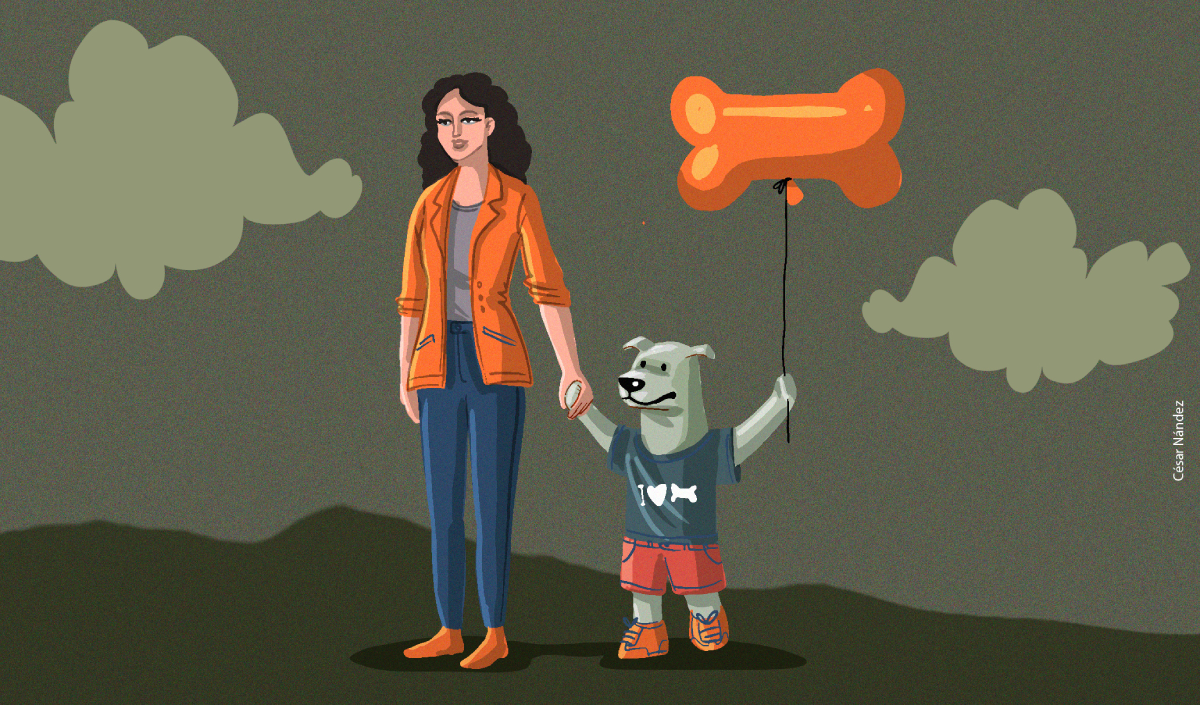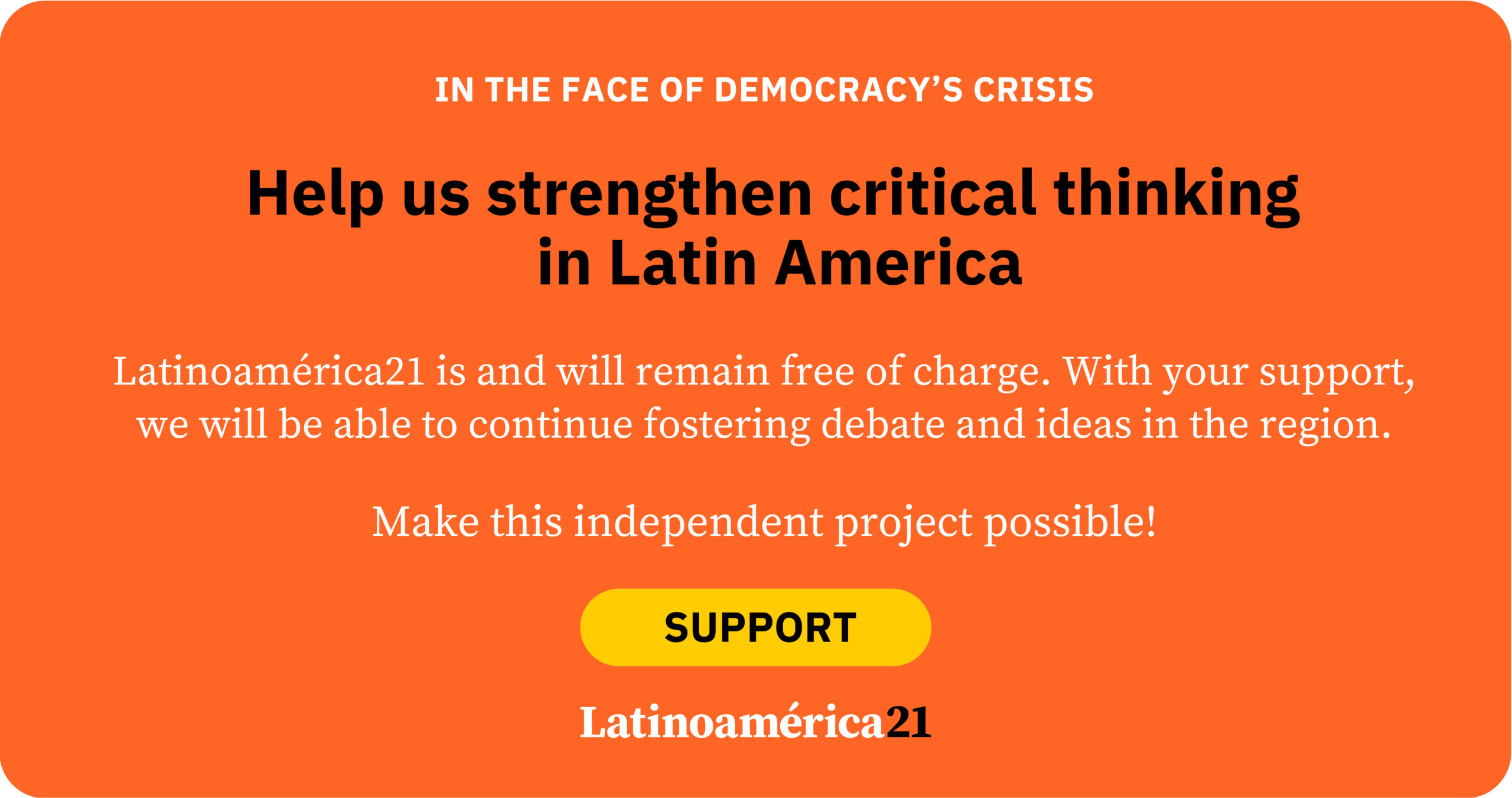At the social and cultural level, societies face multiple changes that affect the different orders of life. These transformations are giving rise to new ways of conceiving personal and family life planning. A global study conducted by the Argentine consulting firm Voices! indicates that half of young women in that country, aged 18 to 24, do not plan to have children. On the other hand, more and more people are living alone.
In fact, one in four adults worldwide suffers from loneliness. The WHO declared loneliness a global public health problem, that affects mental health and is related to mortality: loneliness is considered to have the same impact on mortality as smoking 15 cigarettes a day. For their part, human relationships are increasingly mediated by the smartphone screen, which despite emojis, lacks the strong physical aspect that gives us a relationship with pets, petting them or combing their hair.
This scenario of changes in family programming and people living alone leaves spaces uncovered, at an affective and bonding level. These spaces are increasingly occupied by pets, the four-legged companions.
According to the 2022 census in Argentina, in the City of Buenos Aires today there are more dogs and cats than children under 14 years of age. Even if we take children under 5 years old, there are 3 dogs and 2 cats for every child of this age.
But pets are no longer just companion animals. Pets are increasingly being attributed anthropomorphic qualities, assigning them human characteristics, tastes, expectations, and desires. This phenomenon constitutes what we call the humanization of pets, which come to play a central role in the life of the person or family.
Thus, the habits of people who consider these new members as part of the family are modified, giving rise to the development of behaviors that focus on their furry companions.
Pet: like a child
According to data from a survey conducted by the same Voices! consulting firm, in 2023, 96% of people consider their dog or cat as part of their family, and 70% of the people surveyed strongly or somewhat agree that their pet is like a child to them.
The entry of this child into the family occurs for different reasons, including the desire for personal companionship, for a child, or even for another pet. It is worth noting the high percentage of people who associate having a pet with the decision not to have children (or more children), or the delay of the child’s arrival, or the “empty nest” syndrome. In this regard, 2 out of 10 people with pets, who do not have children, accept that they incorporated their dog or cat to mitigate their loneliness.
The pet can even be the foundation stone of a family since a single person chooses his new companion as a way of feeling that he has formed a family nucleus. This fact is supported by the fact that the most common way of including an animal companion in the family, or founding it from its incorporation, is adoption. Thus, 90% of the dogs incorporated into the home are adopted. The fact of adoption shows the people’s consideration of the affective needs of the adopted animal. In this context, the purchase of a pet, as an animal object to be incorporated into the home, gives way to the act of affectively welcoming the new member of the family or, even more, a child.
Adoption is becoming increasingly important, as demonstrated by the opinion of young people who were surveyed by Voices as part of the Culture of Giving initiative as to what are the most effective actions to contribute to society. The results indicate that, for them, adopting an animal has more impact than donating to NGOs. As a correlate of this position, we observed that, in terms of solidarity, young people in Argentina donate more money to causes related to animals than to homeless people, people with disabilities, or gender violence.
The scope of humanization
Humanizing the pet implies attributing to it the needs, expectations, and tastes of a human being; consequently, the “perrijo” (an acronym that combines perro “dog” and hijo “son”, a term that is beginning to become widespread) will need clothes, toys, special care, and birthday parties, with human and canine guests.
In the process of humanization, the companionship provided by dogs or cats is repaid with human companionship. Indeed, 9 out of 10 pet caregivers state that they try to reduce as much as possible the time they spend apart from their four-legged companions, and 4 out of 10 cannot relax thinking about their pet when they go on a trip.
Indeed, the humanized bond is not limited to the pet’s lifespan but extends to the time of death. Funeral services for animals and the possibility of cremation and burial in cemeteries for this purpose are becoming more common. Moreover, pet cloning services promise the possibility of prolonging the life of the deceased companion almost indefinitely.
The impact of humanization at the economic and business level
The humanization process is especially important not only because of its implications for personal and family life but also because of its impact on the business world. Globally, the pet industry moves a volume of 320 billion dollars per year, and it is expected that by 2030 this amount will increase to 500 billion dollars per year.
The impact, in almost all business categories, is increasingly powerful: gourmet food, esthetics, clothing, toys, health services, gadgets, special apps, spa services, psychologists, and a wide range of products and services aimed at four-legged children. As paradigmatic cases of businesses based on the humanization of pets, we find joint yoga classes (Doga), daycare centers, and doggy ice cream parlors, called “human friendly”. Even companies that do not develop products related to this trend should take it into account; for example, HR areas should consider leaving days due to illness or death of a pet and benefits such as social security and being able to bring them to work. The opportunities for innovation are enormous: from architectural to decorative aspects of homes, think of diapers or female wipes, in the treatment of excrement within the home, to name a few.
A growing trend
The humanization of pets is not a passing fad, but a growing trend rooted in the profound social changes in our society. This process is changing habits, priorities, and the concept of family, making people see their pets as members of their own family. This new way of relating to animals is just beginning and, undoubtedly, is here to stay.
*Translated by Janaína Ruviaro da Silva from the original in Spanish.













